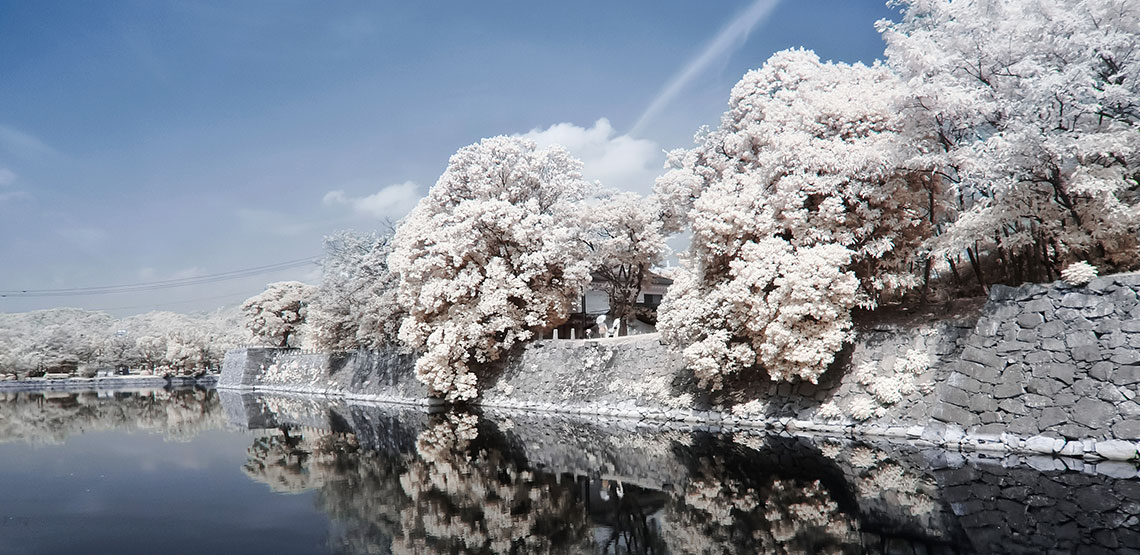Whether it’s brunch or dinnertime, don’t miss out on Hiroshima’s mouthwatering signature tastes:
Oyster okonomiyaki in Okonomi-mura. Okonomiyaki – a savoury pancake layered with cabbage, pork, seafood and cheese, then topped with noodles (yakisoba or udon) and fried egg, then drizzled with the special okonomiyaki sauce, that is grilled on an iron-plate in front of famished diners – is the soul food of Hiroshima. In this recommendation, the beloved pre-war delicacy is topped with Hiroshima’s most popular seafood. For a comprehensive, burp-filled sampling of different flavours in one building alone, visit Okonomi-mura, Japan’s top okonomiyaki food theme park, at Hiroshima downtown Shintechi district.
